I Contain Multitudes
We recommend the latest version of Safari, Firefox, Chrome, or Microsoft Edge.
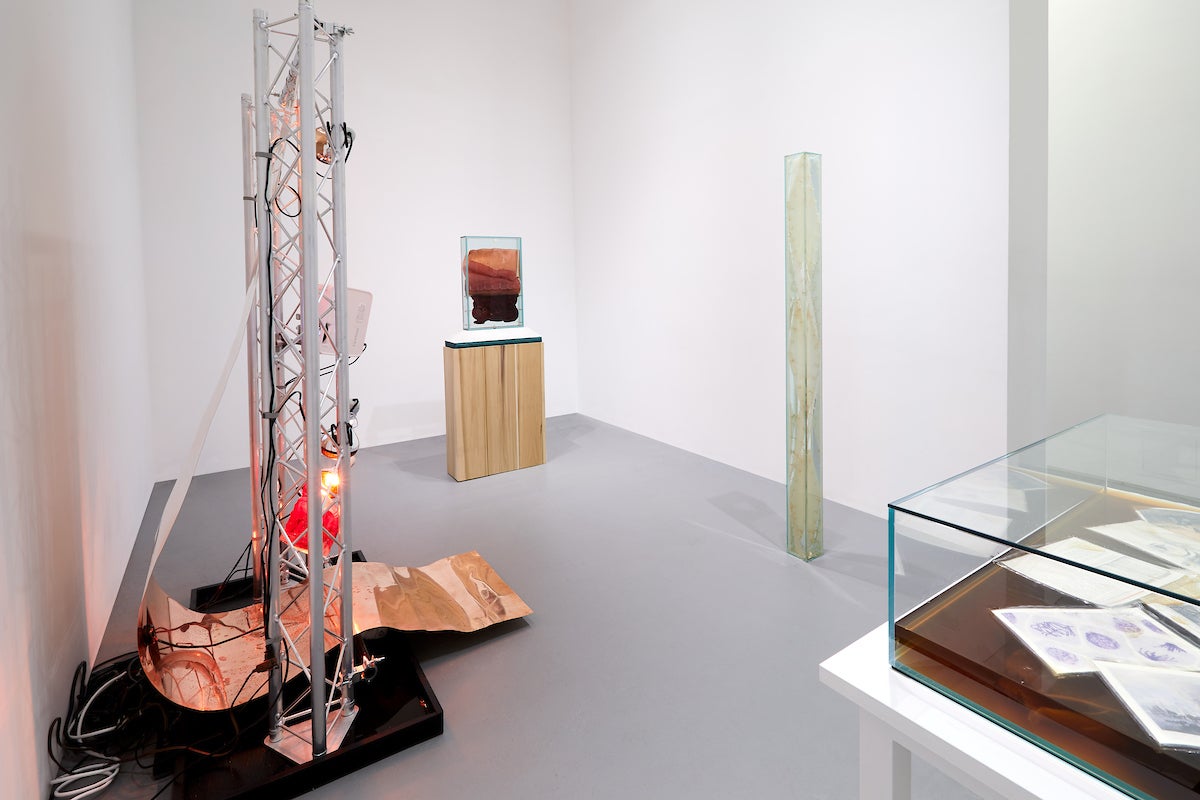
The microbiome — all the bacteria, fungi, protozoa and viruses that cohabitate our genetic biomass, actually outweigh us by volume, some estimate that there are over 10 times as many microbial cells than human cells in and on each one of us. The microbiome is invisible to the eye but visible to our sense of smell, taste and touch, and visible in human culture as well. From the foods that we eat and the ways we digest, to the ways we process and interpret information and construct identity, and to whom we are attracted, the microbiome is influencing us and participating in our relations to the world. This show seeks to explore ways that several artists have pointed to, cooperated, or worked in tandem with microbial life in the making and context of works of art and culture. The title originally comes from “Song of Myself, 51” by Walt Whitman, and more recently used by science writer Ed Yong to title his book about the microbiome.
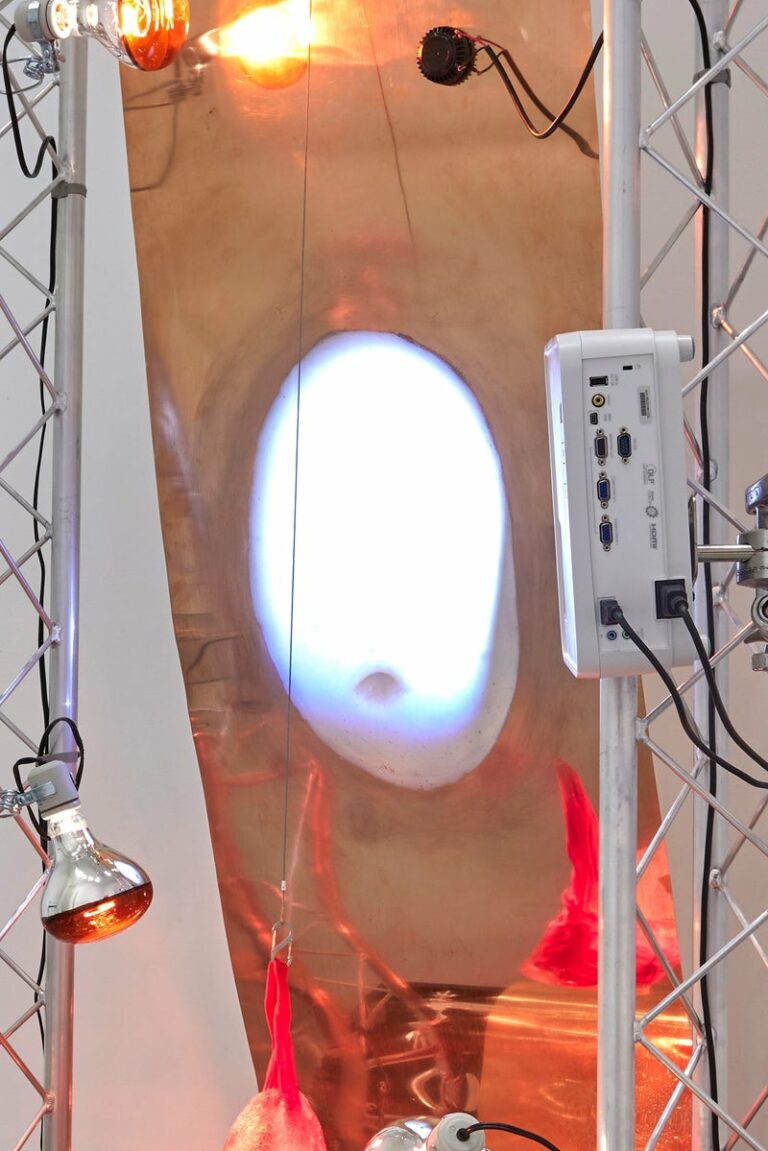
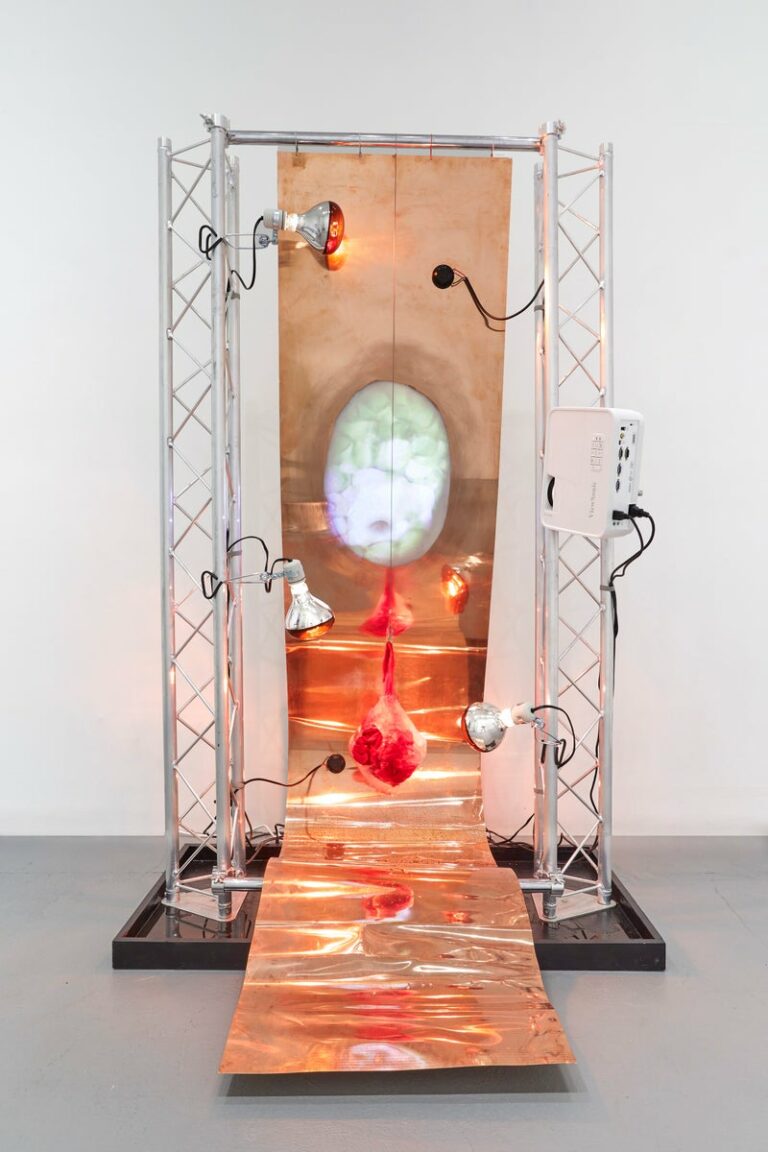
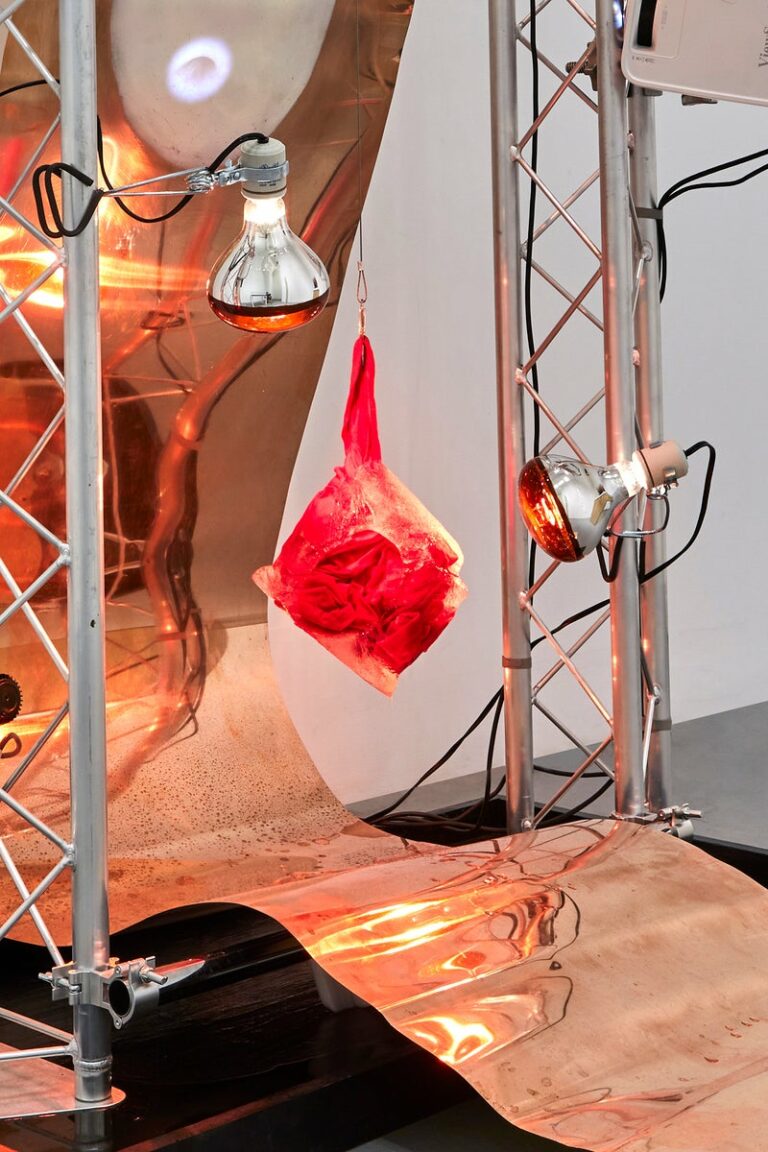
An indicator species is an organism, through its particular set of sensitivities, measures disturbances in ecosystems. Studying the proliferation, reduction, mutations, or adaptations of these organisms helps to assess the general “health” of the system and the symbiotic relationships thus within. Measuring these individuals can indicate a change in the balance normally maintained within an ecosystem, and often points to larger shifts in surrounding forces.
In this piece, Trans as Indicator Species, I am creating an evaporation resonating system with a large sheet of copper skin. Included in this system is a projection of video of microscopic images of hormones, vitamins and foods ingested, overlaid with the image of my belly, sweaty t-shirt of friends-who-identify-with-the-word trans encased in ice melting on the metal sheet, infrared lights causing the evaporation of the sweat inside the gallery, and stereo transducers resonating the copper sheet with audio of spoken text and sonic evaporation.
-Jules Gimbrone
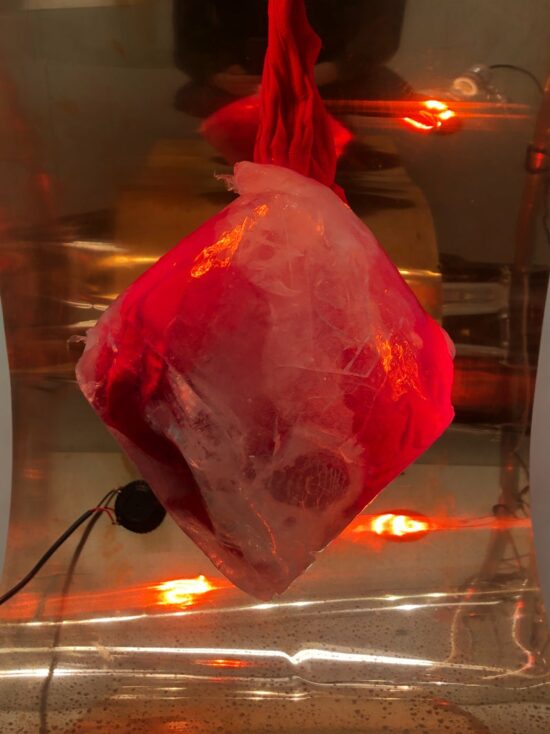
There is no social system more rigid, perhaps, than that of being born into a binary-based gender system. When trans people reject the external imperative of birth sex, and undergo biological, spiritual, and social transformations, our bodies are the site for an interdependent ecological upheaval. We are physically transforming our internal biologies while simultaneously pointing to, and changing the social, political, and often familial structures through which these bodies were shaped. Trans people, as well as people inhabiting other bodies which are stamped by social, political, and economic systems, are often the first to be harmed by the chemistry of the normative force fields, and also those whose very existence signals another potential stew.

The biome of the internal becomes the biome of the external. And the skin, or membrane through which this transformation occurs, is the most dynamic place for energy transfer, sound, heat, politics, debate, and catharsis. Through the skin we communicate our internal biome as sweat, as breath, as our inner molecules become atmosphere. The smallest most intimate parts of ourselves–hormones, pheromones, bacterias, chemicals–diffuse through our skin and commingle with the outside air. Like a virus, we spread ourselves, our beliefs, our chemistry evaporating into the weather of our social systems.
Throughout the course of the exhibition, the gallery receives t-shirts via Priority Mail. The t-shirts have been worn by a person of the artist’s choosing with the instructions to wear the shirt while performing their daily routines, which may include strenuous or general labor. In some cases, the wearer has provided notes or a kind of activity log to accompany the shirt. Each shirt is frozen overnight in a bag filled with water. Before the gallery opens in the morning, a newly frozen t-shirt is hung from the center of Gimbrone’s installation by the gallery staff. Gradually melting throughout the day, the water and sweat in the fabric evaporate into the space of the show.
In actively fermenting the ingredients and agitating the materials inside the vestibule, I echo the violent act of ingestion but also speculate on the possibilities of fermentation, rot, and decay breaking down, soaking up, and digesting toxicity.
A vestibule by anatomical definition is a chamber or a channel opening into another. The title of the piece Vestibule (between the teeth, lips, and cheeks) refers to an orifice of our body where objects and subjects, food and flesh enter and exit, where the erotic and violent act of consumption is enacted, performed, and staged: the mouth. A site that opens and closes, reveals and blurs the epidermal, microbial, and social boundaries between the self and the other, our mouths have generated a locus of anxieties, only further intensified during COVID-19. Kyla Wazana Tompkins writes in Racial Indigestion: Eating Bodies in the 19th Century that the mouth is “a doorway into the consuming body… a site of biopolitical intensity in the United States”. How does the mouth become a vestibule where we actively shape and materialize our corporeal body, where ingestion and edibility become infused with racial embodiment? How does it link the social and the biological, inscribed with marks of race, sexuality, and colonialism?
Inside the glass vestibule are various ingredients, colonial archives, postcards, and excerpts from critical essays — Sweetness and Power by Sydney Mintz and Intimacies of Four Continents by Lisa Lowe — that explore SCOBY, sugar, tea, and time. When these ingredients are fermented together, they transform into kombucha, a probiotic tea. Over time, Mother SCOBY will devour and metabolize the colonial archives, one of which is the Great Britain Colonial Office Correspondence that notes how Asian indentured labor will help suppress Black insurrections in the West Indies and further intensify the sugar plantation system. In actively fermenting the ingredients and agitating the materials inside the vestibule, I echo the violent act of ingestion but also speculate on the possibilities of fermentation, rot, and decay breaking down, soaking up, and digesting toxicity. —TJS

Tiffany Jaeyeon Shin’s work develops process-based narratives around the porous boundaries between the body, living processes, and histories of societal power dynamics. Shin created a care package titled Scoby Sugar Tea Time for the current NXTHVN residents as part of the Material Intimacies exhibition at NXTHVN gallery. The care packages contain an artist’s letter, ingredients, instructions, tips, readings, postcards, and acknowledgements.
“Shin chose kombucha for its ability to cultivate life-sustaining gut microbes and fortify immune systems—concerns which have gained heightened interest during the current pandemic. The ingredients needed to create the kombucha, namely the sugar and tea, have long histories of imperialism which are subsequently unpacked through Tiffany’s chosen essays, postcard images, and the physical digestion of the ingredients.”
– Claire Kim, NXTHVN Curatorial Fellow
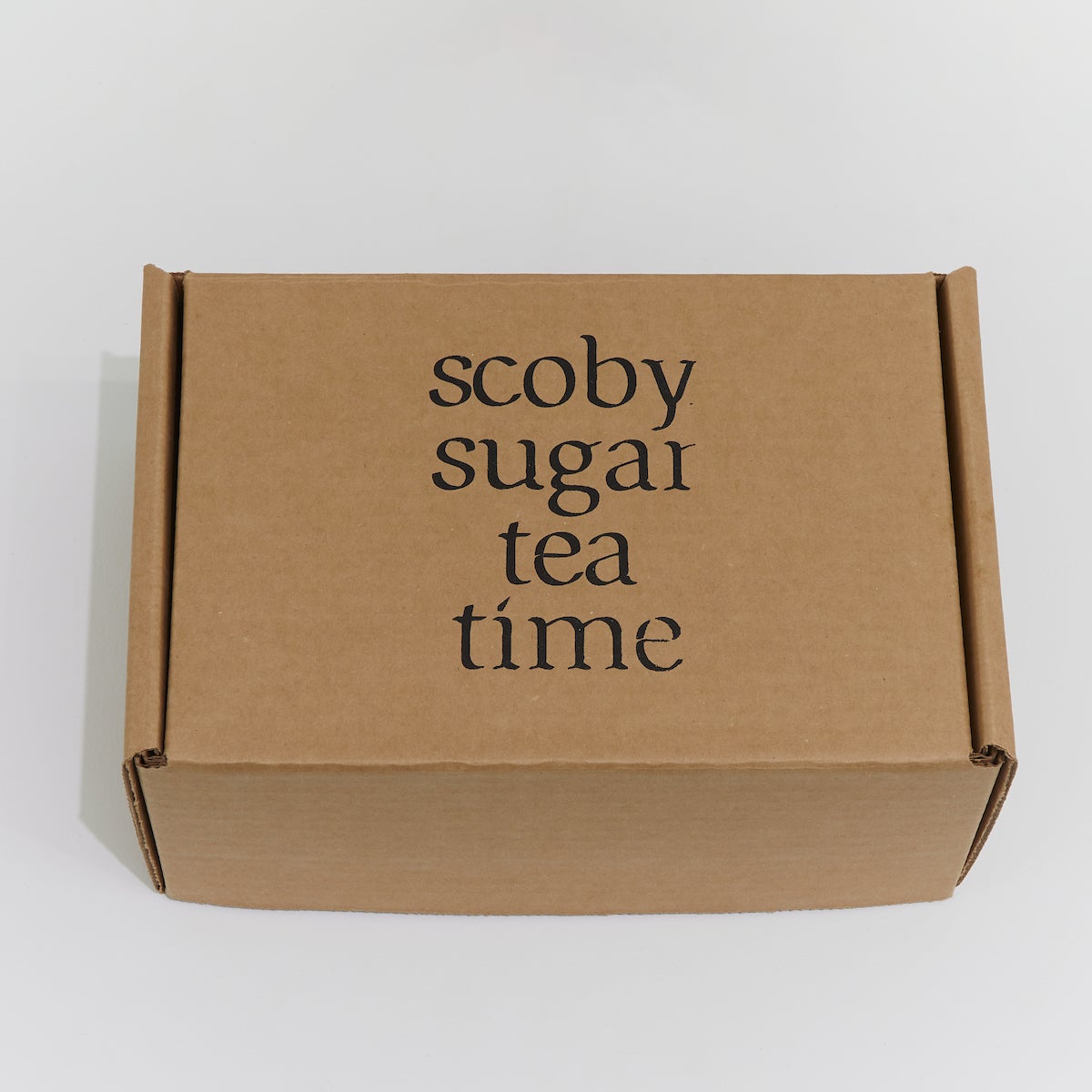
Edition of 25
artist’s letter, ingredients, instructions, tips, readings, postcards, acknowledgements
For me, the art object inherently evokes a psychic connection. I imagine the sculptures, grounded and serene, strong enough to stand exposed, mirroring an aspect of the human experience.
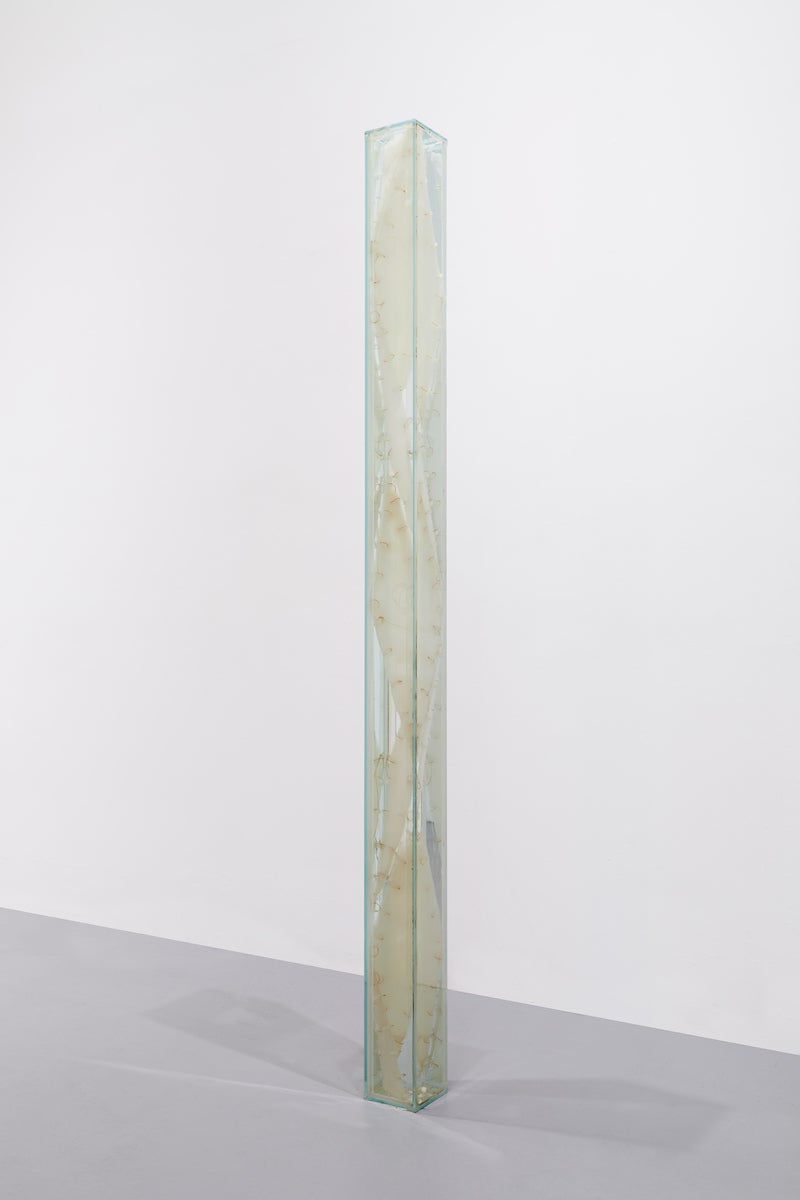
I think about the inside of the body which is in many ways just as mysterious as outer space. I also think of Plato, while on his quest to disprove that the earth is flat, was distracted by the ideal, and stumbled upon five “Platonic Solids”, the only five regular polyhedra with all faces and edges congruent.
I love seeing Indian Pipes in the shady woods, unwinding up from the earth, albino, straight stemmed and organized. It’s a weird plant; it has no chlorophyll so it’s not green and it has no leaves since it doesn’t need photosynthesis. They look as though they are from another planet but are somehow intrinsically relatable. They stand there pellucid, with no skin, presenting their geometries.
—Jennifer Sirey
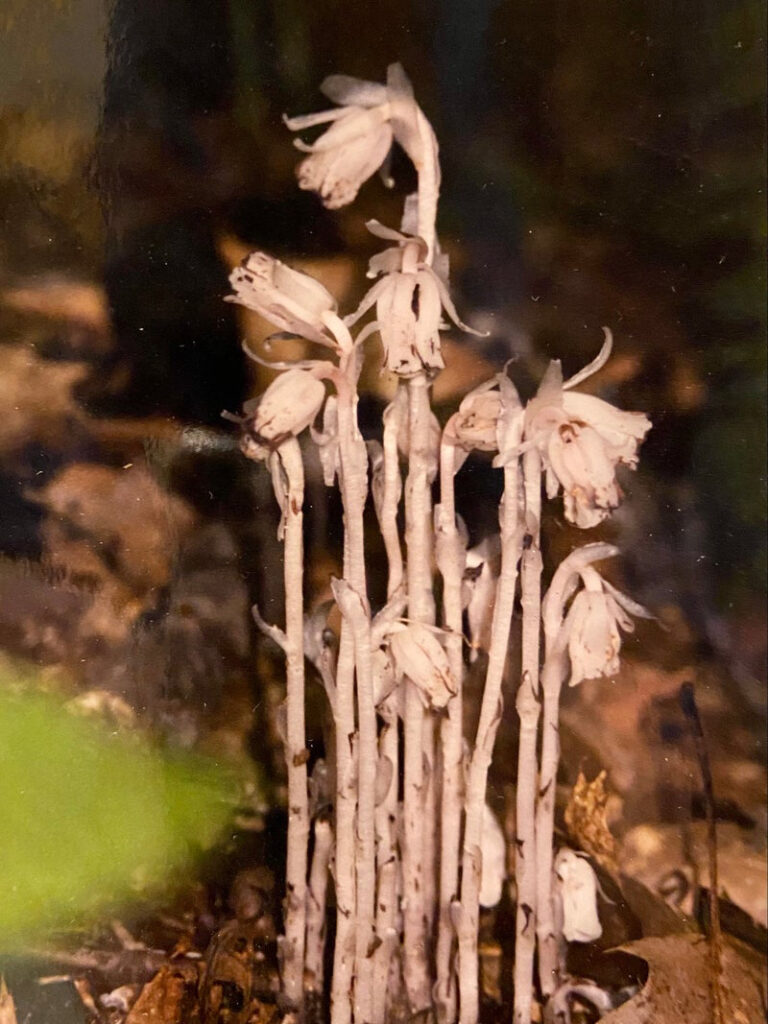
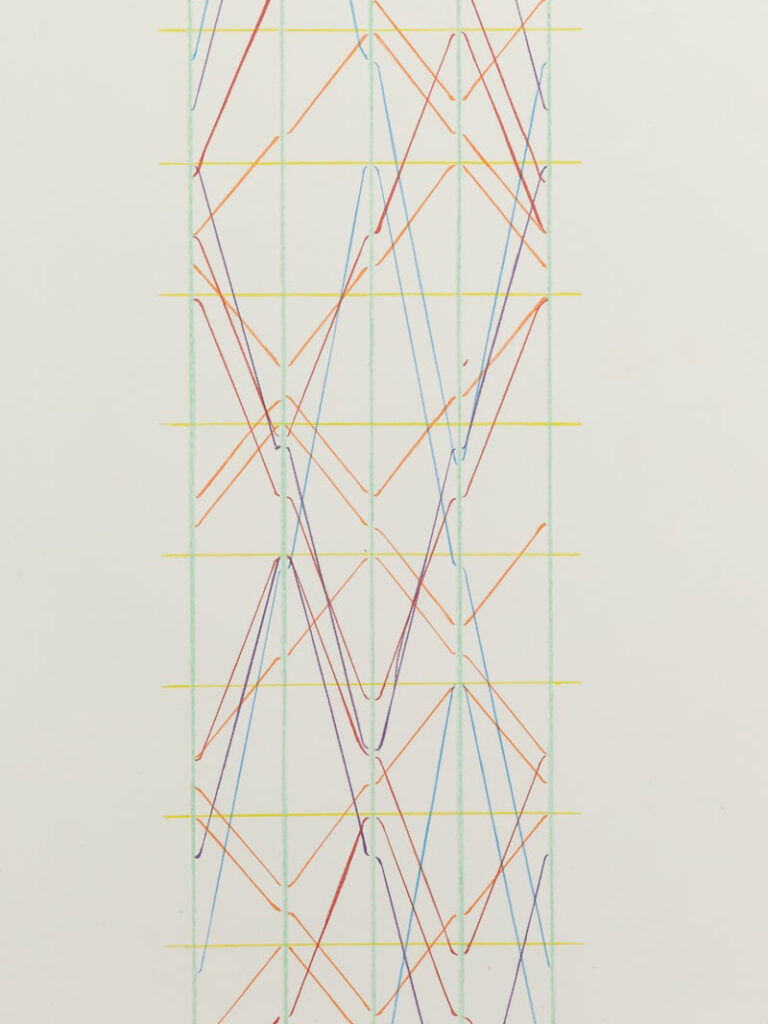
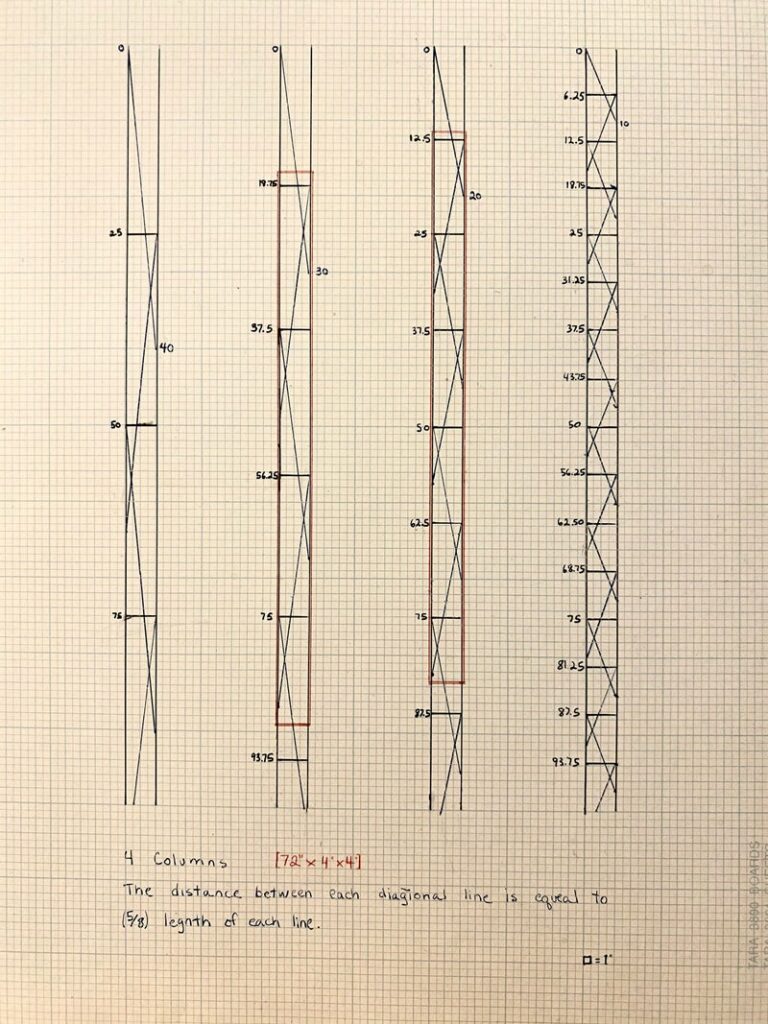
“On one level the sculpture is a highly aestheticized formal abstraction and on another it is a gnarly investigation into the body.”
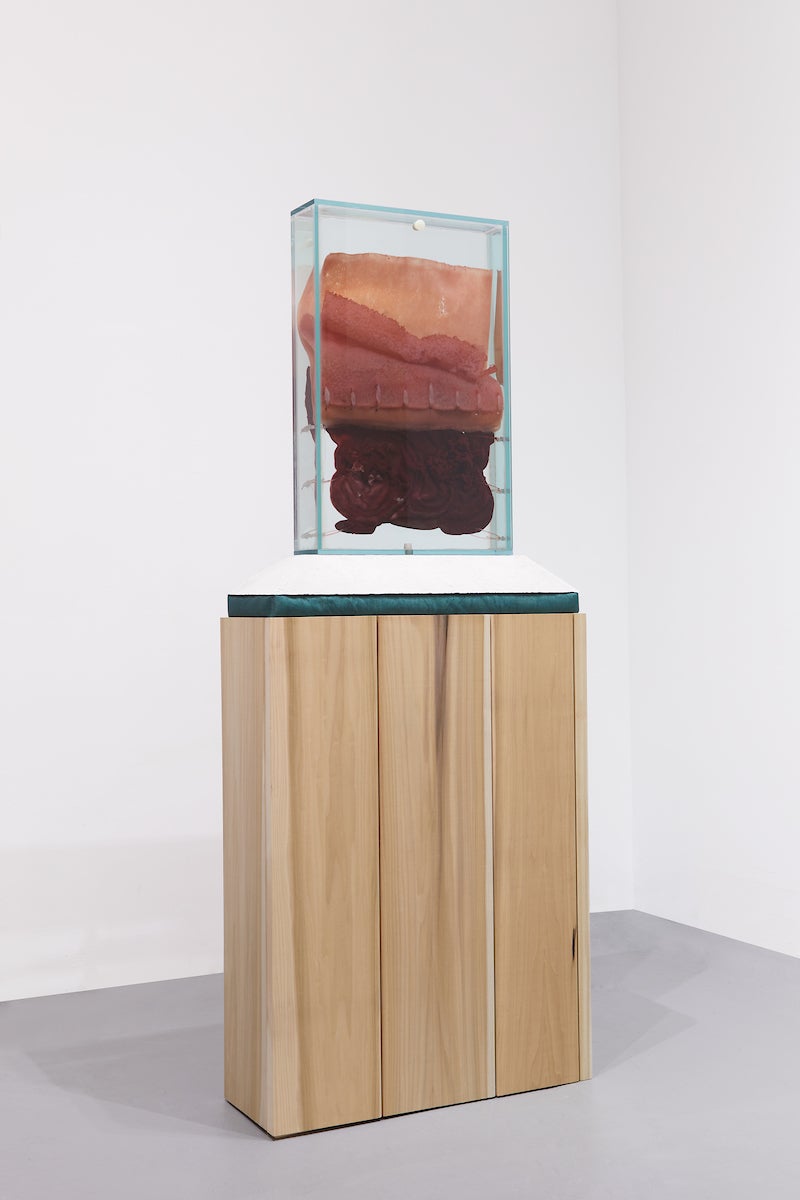
While experimenting with technique, I try to push materials out of context to reveal a rawness. It’s a collaboration where I form parameters so that a substance can behave naturally, exhibiting its attributes in an event that I no longer have control over.
I’ve been thinking of the history of clothing and trends in design as a way for us to create a story, or to present a particular self. Victorian bustles, baroque ruffs and gargoyles subvert the natural form with visceral and grotesque qualities. I wanted to combine unrefined nature and flirty decoration into one presence where the reason to adorn and the adornment are merged. A tank of bacterial overgrowth and a wax-on-water event becomes the object of admiration. Bacterial slabs are sanguine freak flags waving and flaunting.
Pedestals point to the historical significance of thrones that elevate and display, supporting mortal and immortal greatness. Another muse is the austerity and monumentality of brutalist architecture. The base for Sanguine35, made of wood, cast cement and a wood stuffed satin pillow, presents a tank with the proportions of a golden rectangle. Inside, rings anchoring the bacterial slab form a horizontal line, delineating a square within a golden rectangle, and forming another golden rectangle below.
—Jennifer Sirey